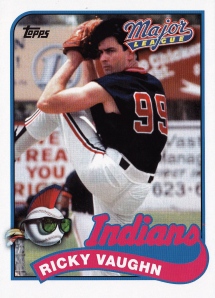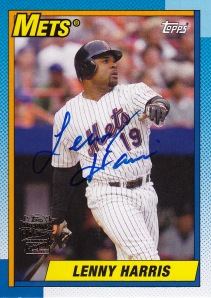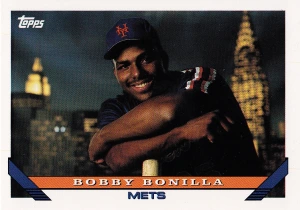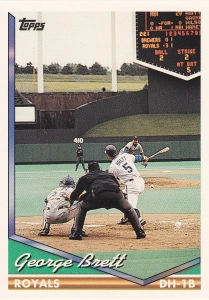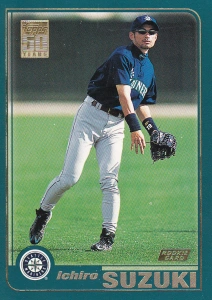Topps Archives has had quite a few Big Red Machine members in the cards in previous years, and 2014 does as well. Today I’ll show off the Big Red Machine members who found their way into the product.
Only the The “Big 3” made their way into the product this year. That’s Morgan, Bench and Perez. In the past, Ken Griffey, George Foster, Dave Concepcion and even manager Sparky Anderson have all been represented in this product. Only Pete Rose (for obvious reasons) and Cesar Geronimo have been absent.
Base Set
Bench, Morgan and Perez all have cards in the base set. Morgan and Perez are both featured in the 1980 portion of the base set, which makes them of the “fan favorite” ilk. Morgan is shown with the Reds, which is the same team he was on for his real 1980 Topps card. He moved from Cincinnati back to Houston after 1979 – so their actually is a Houston version of his 1980 card as part of a Burger King promotion. Not a bad card – though the photo looks a little more like early/mid 1970’s.

Perez, however, is shown with the Reds team even though his last Topps card for his first Reds was stint was in 1977. For 1980 Topps, he was still shown with the Expos.

Johnny Bench is shown in the 1989 portion of the set. This is a good 6 years after he retired – but it isn’t Bench’s first rodeo with the 1989 design. He made his way onto the 1989 mini insert set in this year’s Topps set, and he’s also in the 1989 Topps Talk set which threw his rookie card onto something of a 1989-based design.

Here are the set designs featured in Archives and what Big Red Machine members are actually included in the original Topps sets. Normally, I’d show pictures of what cards are in the original sets, but there are so many options for the 1973 set that I won’t.
1973 Topps – 8 of the 9 (missing Griffey) and 6 subset cards:
Anderson MG, Bench (one of the best cards of the 70’s), Perez, Morgan (first card with the Reds), Concepcion, Rose, Geronimo, Foster
Bench HR Leaders, Bench RBI Leaders, Bench WS, Perez WS, Foster Playoff
1980 Topps – all 9 and 1 subset card:
Detroit Tigers CL (Sparky MG), Bench, Perez, Morgan, Concepcion, Rose, Griffey, Geronimo, Foster
Rose HL (10th season 200+ Hits)
1986 Topps – 6 of the 9 (missing Geronimo, Bench, Morgan) and 10 subset cards:
Anderson MG, Perez, Concepcion, Rose, Griffey, Foster
Rose MG, Rose RB, Perez RB, Concepcion TL, Rose Special (6 cards)
Griffey Sr is also featured on 1986 Topps Traded (traded to the Braves)
1989 Topps – 2 of the 9, both as managers:
Anderson MG, Rose MG
Griffey Sr is also featured on 1989 Topps Traded – this time back with the Reds!
Parallels
Since Morgan, Bench and Perez are all featured in the base set (and not the SP version), all 3 have the standard parallels you can find. There are gold parallels (numbered to 199):

and the Silver Parallel (#/99):

And of course, they all have 4 printing plates as well.
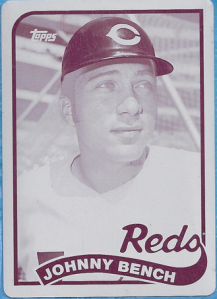
Autographed Originals
The only Big Red Machine non base card listed on the checklist is an exchange for a buyback autograph of a Johnny Bench (“Archives originals”) card. I haven’t seen a redemption on eBay yet though.
********
So, all told – if you wanted to collect every single Big Red Machine card I mentioned above, you’d have 22 cards to find. If you didn’t want the 1/1’s – that number would be only 10.
Bench (8/4) – Base, 1 Gold Rainbow, 1 Silver Rainbow, Buyback Auto, 4 printing plates
Perez (7/3) – Base, 1 Gold Rainbow, 1 Silver Rainbow, 4 printing plates
Perez (7/3) – Base, 1 Gold Rainbow, 1 Silver Rainbow, 4 printing plates
